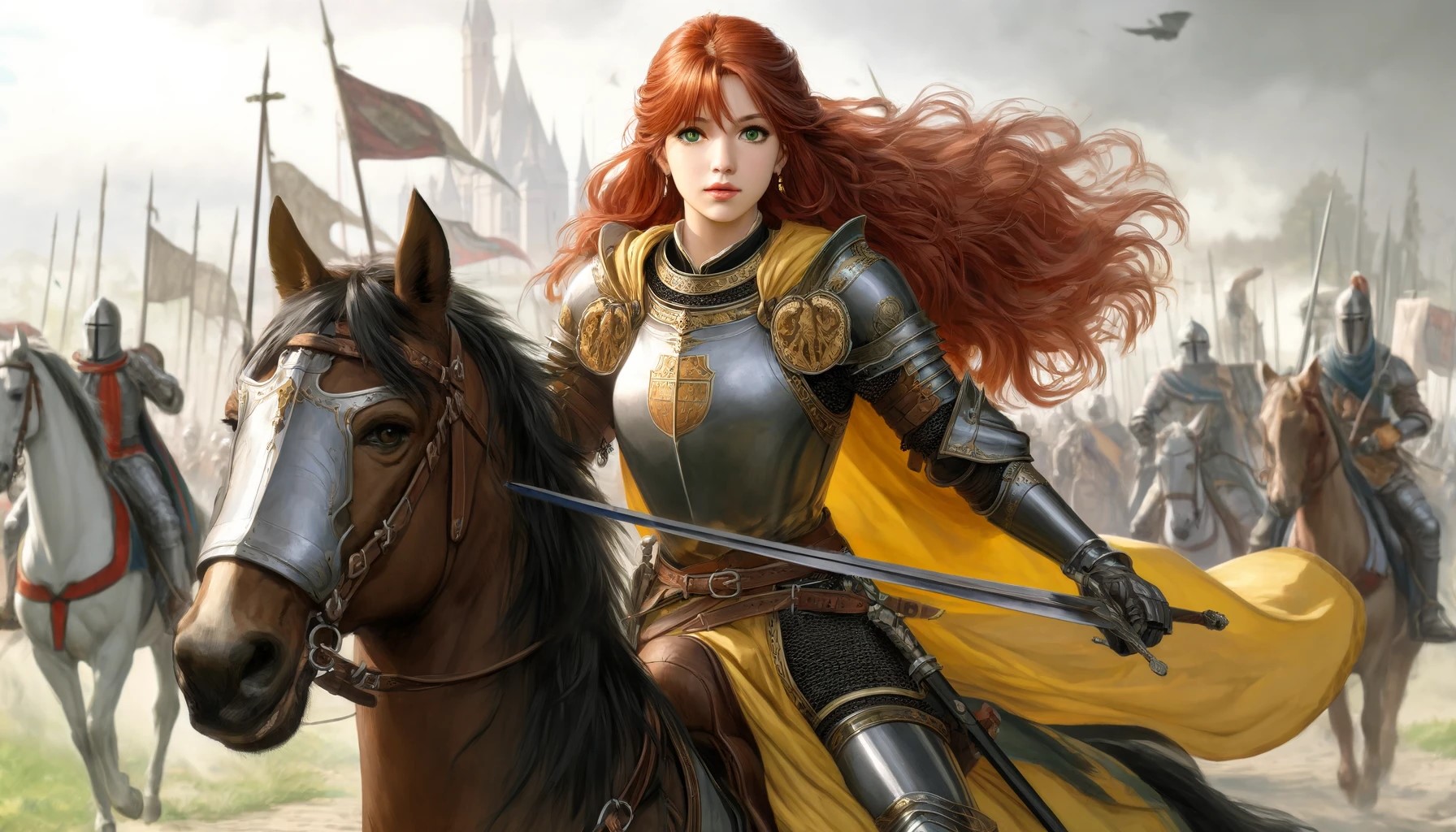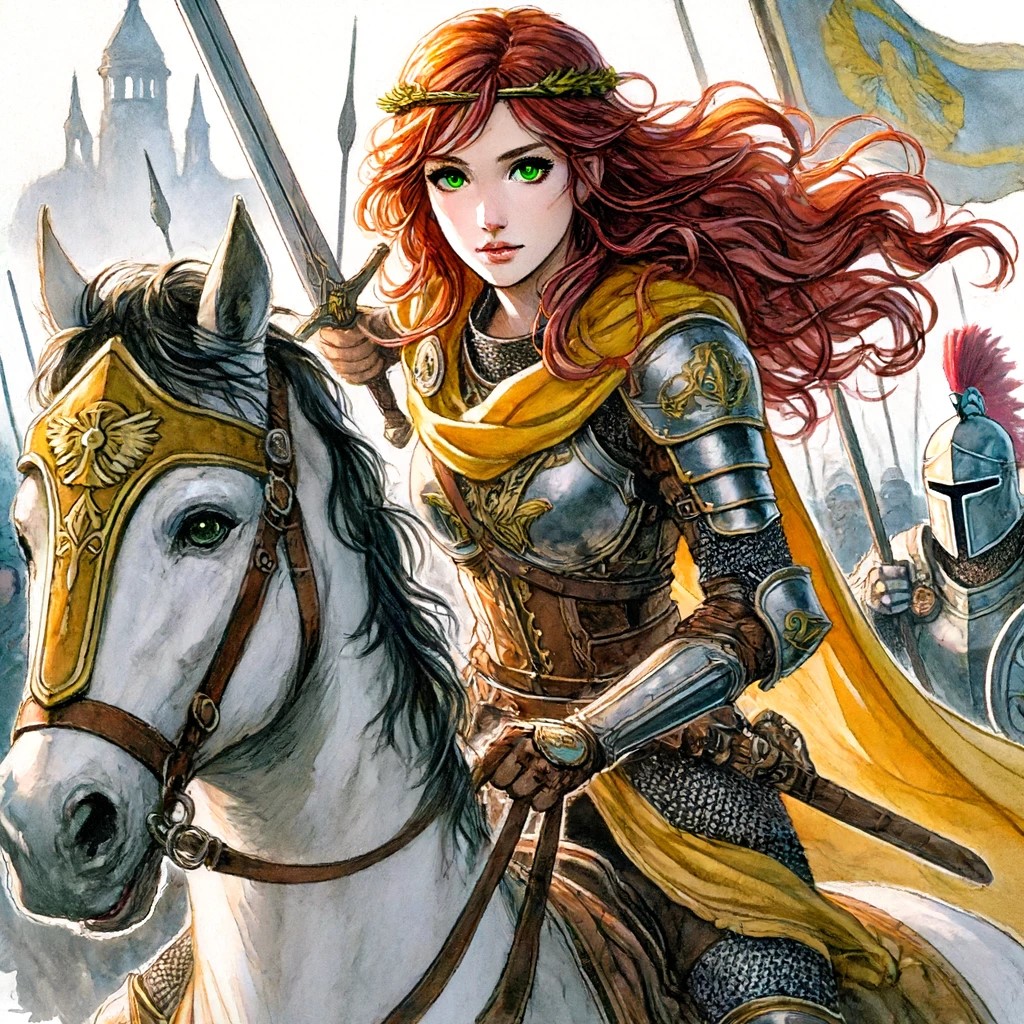Arcane Paintbrush
An image-generating GPT intended to be used to illustrate role-playing game characters in a consistent fantasy art style. The GPT will respond to requests such as a “book illustration”, “sketch” or “study” of a RPG character to deliver images in particular formats or styles.
The GPT is able to access publicly-shared characters on the D&D Beyond website via their character ID.
How to use this GPT
The key information that this GPT needs is the ID from D&D Beyond of the character you want to illustrate. Instruct the GPT to get the description of the character using the ID and you should see it calling an API. From this point on you should be able to refer to your character by name.
A few example characters have been pre-loaded in the GPT including:
- Aelar Fernblade, a female elf ranger.
- Gimble “Skip” Hopper, a male gnome wizard.
- Paliadryna “Pali” Vega, a female human paladin.
Screenshots
In the screenshots below you can see that the GPT has created different images in slightly different styles, but retaining the key features of the character:



Behind the scenes
Actions
This GPT uses Actions to access data held remotely. In some cases the files are private and the GPT uses secrets to access them.
Versioned Knowledge Documents
Rather than edit or upload Knowledge Documents repeatedly to ChatGPT, versioned files are saved in a private GitHub repo. These can be retrieved using an Action to download the file. The advantage is that edits can be made to these documents outside of ChatGPT and then (re)loaded dynamically by the GPT.
AWS Lambda functions
Originally it was expected that this GPT would query the D&D Beyond API directly using the character_id (i.e. the number in the URL when you open the character sheet). However, since the D&D Beyond API returns such a large amount of data, it was necessary to use an interim API that would filter this data and return only what is necessary for the GPT to use.
A few AWS Lambda functions have been created to act as this middle layer.